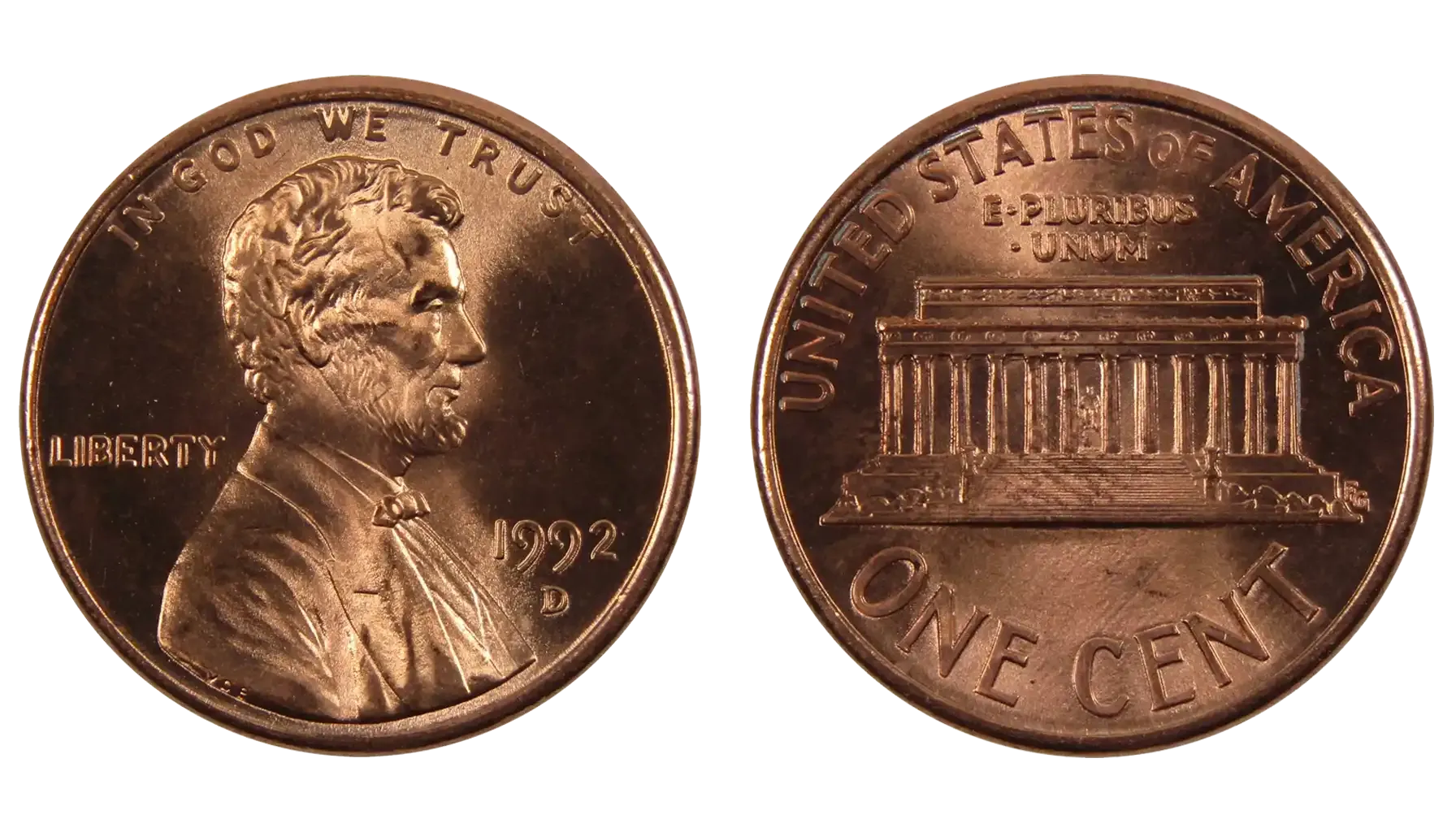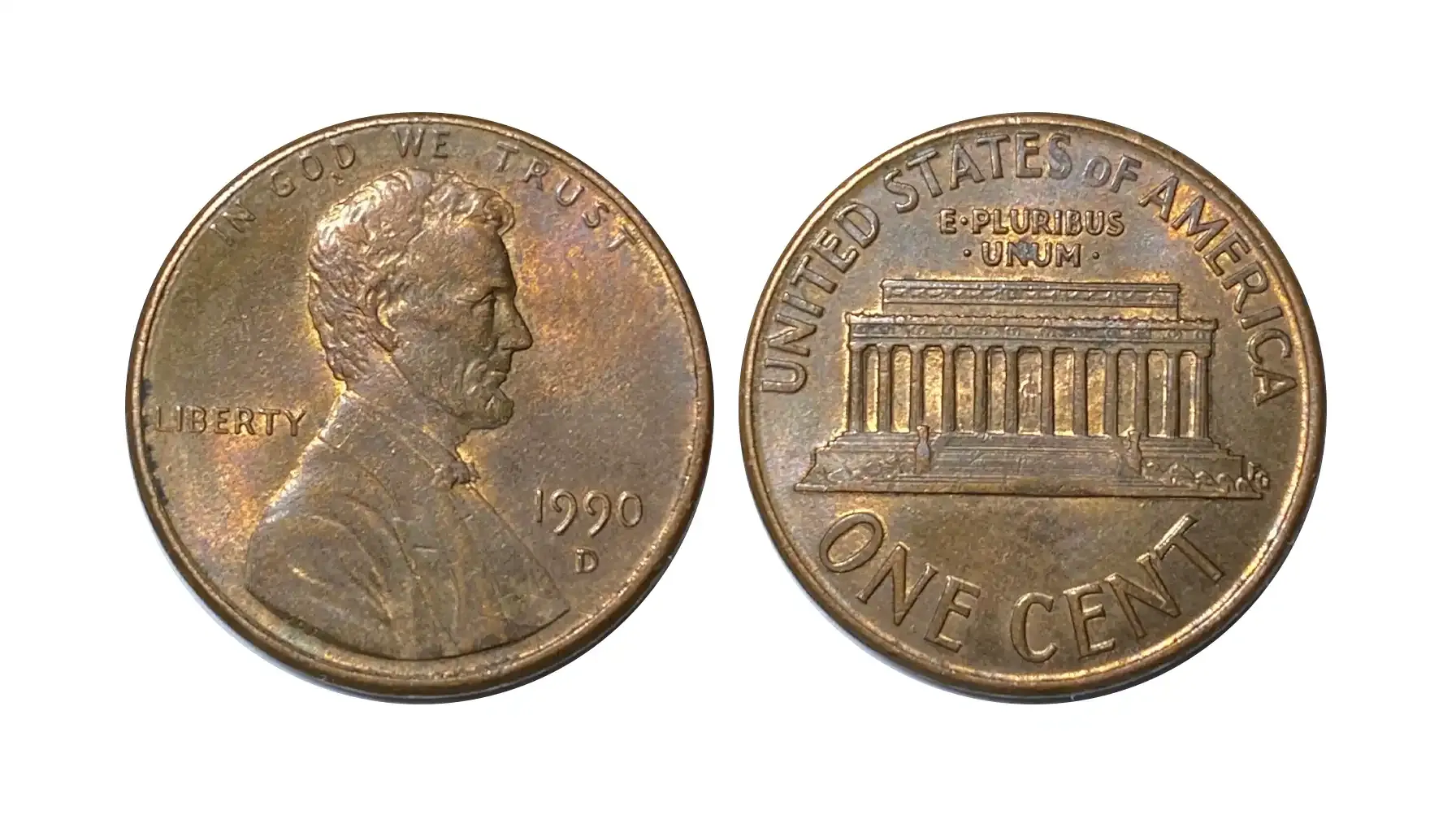Contents:
In 1974, in an attempt to combat the rising expenses of copper, the US Mint started an ambitious experiment to produce new pennies out of aluminum. Another brief but momentous period of numismatic history passed, and it was characterized by political pressure, intrigue, and eventual failure.
The 1974 aluminum penny, one of the most elusive and contentious coins ever created, never entered circulation, notwithstanding the government's best attempts. This coin, as the most illustrative example of what might have been in the history of American currency, is a favored option to see and obtain, but is it even possible? How to identify these coins? Let us check.
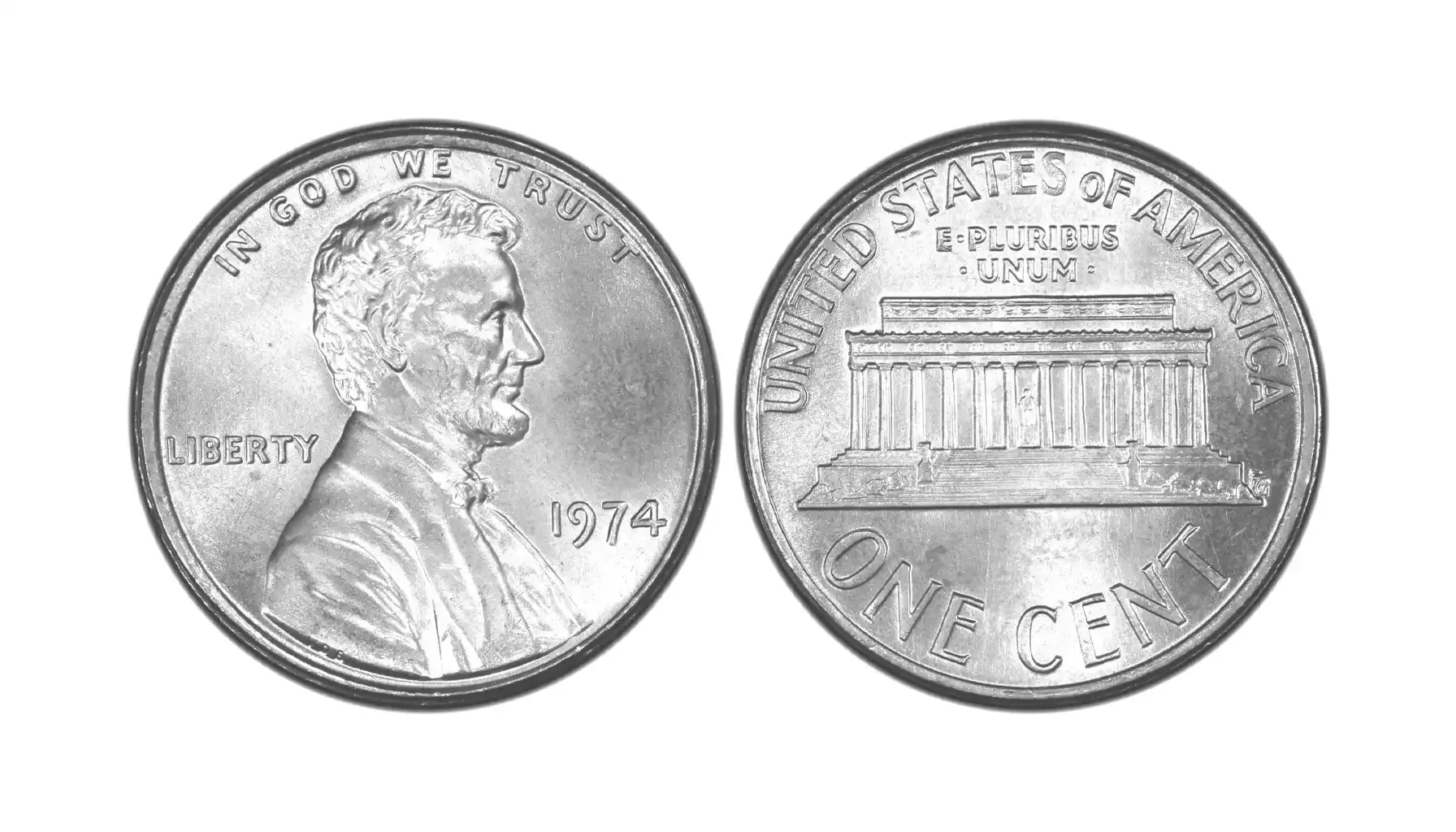
When? The Economic Context
Not long ago, at the beginning of the 1970s, the United States had to meet serious financial issues, inflation, and growing production rates for common goods, to be more precise. The price of copper, a crucial component used for producing pennies, increased dramatically, which eventually made one-cent coins more expensive than it is stated on their face value.
By 1973, the cost of making an aluminum 1974 penny had almost doubled, which was insane for sure! This is why it was inevitable for the government to investigate all the possible alternatives in response to these economic demands. This is how the 1974 aluminum penny test began.
Why? Initial Proposal
Although we have briefly covered the reason why the 1974 penny aluminum was released, let us delve a bit deeper into the problem of cost formation. In 1971, some years before the 1987 quarters were minted, the Bretton Woods system's collapse was followed by global inflation, which detached the US dollar from gold and led to a dramatic rise in commodity prices, especially those of metals like copper.
Furthermore, the rates were eventually raised by a combination of major supply struggles and the growing demand for copper in manufacturing processes. Political unrest in nations that produce copper, like Chile, put additional strain on the supply chain. The cost of copper for producing coins like the 1963 D Lincoln pennies was far more than it could initially be, which led the US Mint to look at aluminum as a decent alternative.
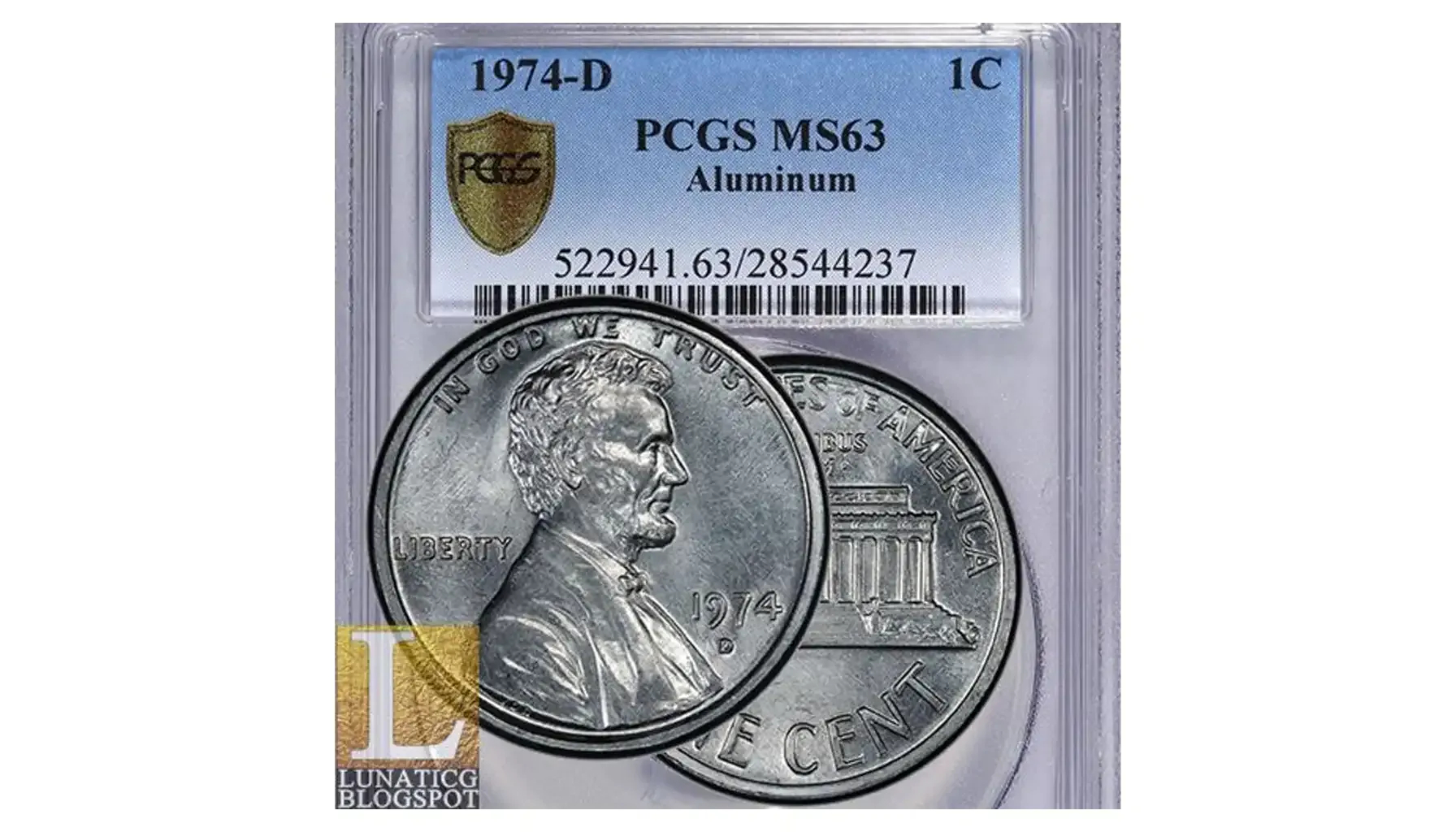
NB: Aluminum was chosen due to its inexpensive, lightweight, and corrosion-resistant nature. The penny's conventional copper and zinc composition was to be swapped out for a 96% aluminum alloy, which, at first, was seen to be a feasible way to preserve the penny's utility in circulation while saving millions of dollars a year.
How? Production of the 1974 Aluminium Penny
First, it is important to note how many instances were produced under this initiative. The Philadelphia Mint struck over 1.6 million experimental coins, but none of them were ever formally put into circulation.
To increase the endurance of a coin, trace metals made up the remaining 4% of the 96% aluminum penny. How much does a 1974 aluminum penny weigh? Compared to its conventional copper equivalent, which weighed 3.11 grams, it was substantially lighter at just 0.93 grams. The aluminum cent's appearance was identical, though, to that of the standard Lincoln cent, with the Lincoln Memorial on the reverse and Abraham Lincoln's face on the obverse.
While the aluminum penny was praised for its affordability and resilience, there was no real-life application of it. Its appearance was too similar to other coins, such as dimes, and its low weight rendered it prone to being misplaced, which raised concerns in terms of confusion in circulation. The coin's introduction was problematic from the very beginning, which was further exacerbated by potential health dangers difficult to detect.
Results? Rejection
The idea failed. The 1974 aluminum penny was notorious for broad rejection coming from several fronts. The copper industry was the main source of resistance, thanks to the financial impact it would have on their operations. Moreover, the lightweight aluminum coins, according to congressional leaders, might cause logistical obstacles, including malfunctions with vending machines and coin-operated devices that were set up for copper-based coinage.
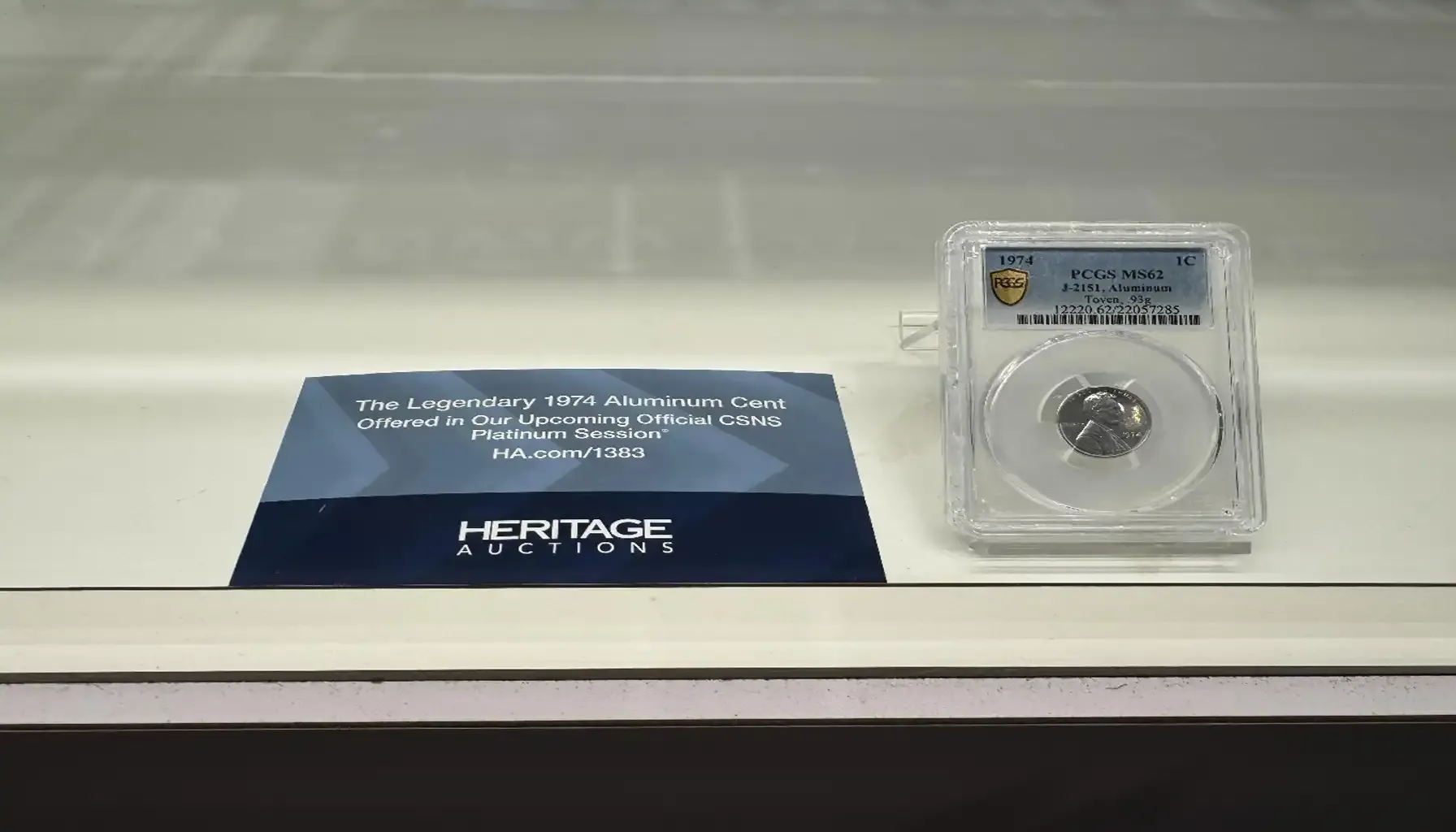
Medical experts have expressed concern about the possibility that aluminum coins could be hard to spot on X-rays and would be harmful if ingested. Soon after, as a response to these growing concerns, the US Mint suspended the program, and all but a small number of the coins were directed to be melted down. However, a small number of these relics survived because they were never put into circulation.
By the way, is it illegal to own a 1974 aluminum penny? Yes, they are still illegal to possess and, hence, are highly sought after by collectors these days.

Pricing? 1974 Aluminum Penny Value
How much is a 1974 aluminum penny worth? Only a few of the 1974 aluminum Lincoln cents escaped the fate of the melting process. These coins are exceptionally uncommon and precious to collectors because of their unique history and rarity, too. However, their status is still in a state of legal uncertainty because the US government has declared them unlawful to possess and has never approved their release.
Nevertheless, the currency has been offered for sale, and in 2014, the US government decided they recovered a specimen that was scheduled to go up for auction with an estimated value of $250,000.
Summary? An Overview of the Aluminum Penny 1974
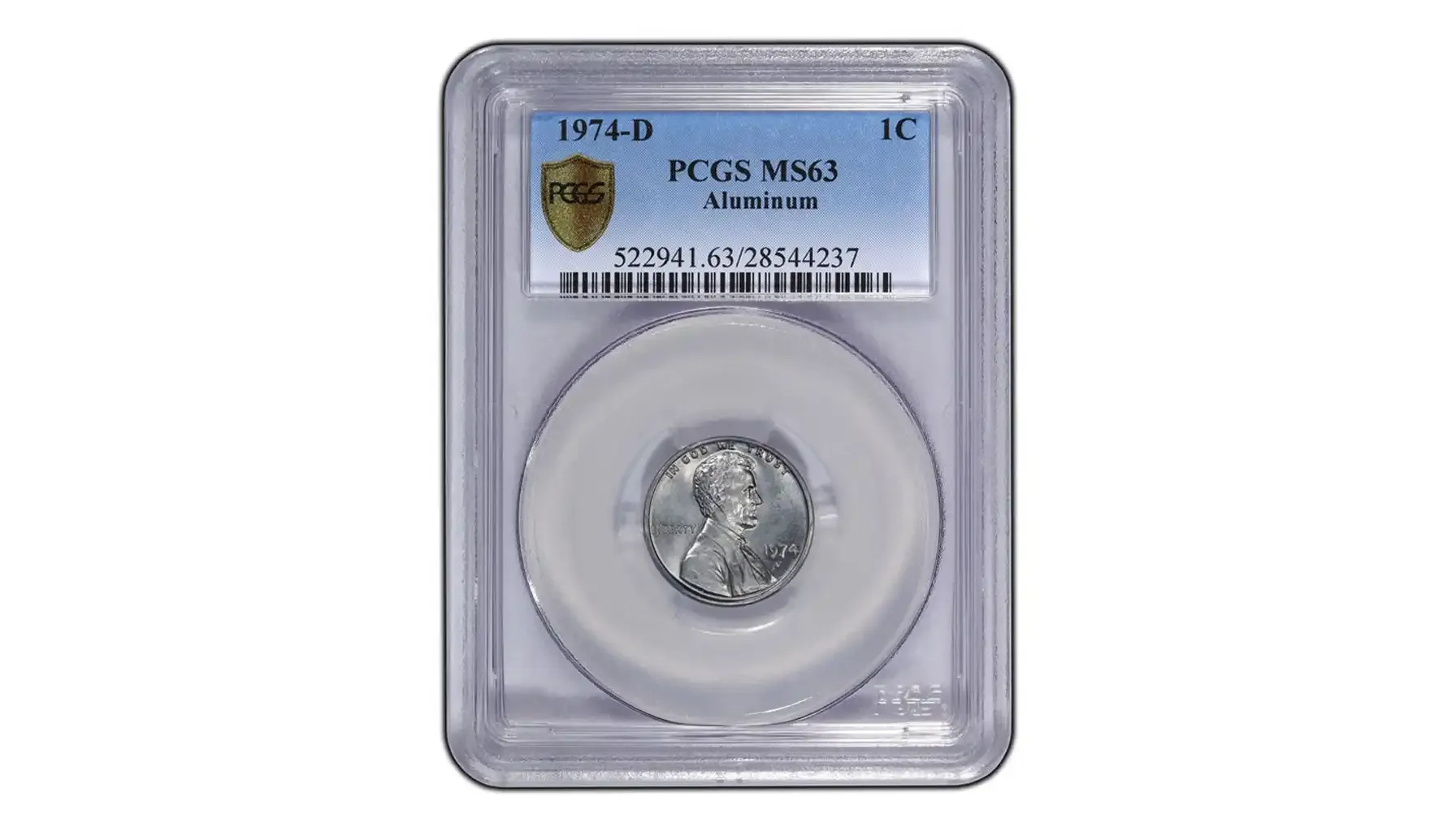
Design: Abraham Lincoln on the obverse and the Lincoln Memorial on the reverse
Composition: Aluminum (95%) with trace amounts of other metals
Diameter: 19.05 mm
Weight: 0.937 grams
Produced by: United States Mint
Mint Marks: Primarily struck at the Philadelphia Mint (no mint mark); only one confirmed specimen from Denver (D) exists
Edge: Plain
The 1974 1C coin is considered one of the rarest and most controversial coins in US history. Since none were officially released into circulation, owning one is legally questionable, and values are speculative, but high ($200,000 to $2,000,000+ at the most reputable auction platforms for numismatists).
Should you wish to know the relevant information about this coin, receive news, and understand which numismatic features to look for, do not hesitate to install the Coin ID Scanner app and start your coin-collecting journey as soon as possible.


